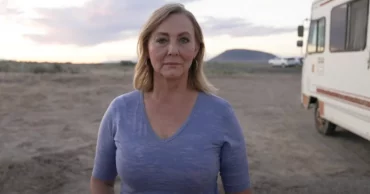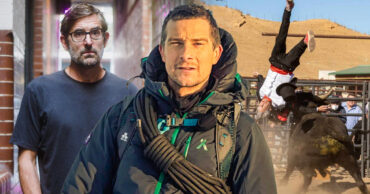Woodstock ’99 was a music festival held from 22-25 July 1999, in Rome, New York, United States. It came after Woodstock ’94 and was the second large-scale music festival that attempted to emulate the original 1969 Woodstock festival. It was supposed to celebrate the 30th anniversary of “peace, love, and happiness”. However, it ended up being one of the most disastrous festivals of all time.
Similar to the previous festivals, organizers held Woodstock ’99 at the former Griffiss Air Force Base in Rome, upstate New York, approximately 100 miles away from the original Woodstock site in Bethel. Challenging environmental conditions, exorbitant prices for food and water, inadequate sanitation, incidents of sexual harassment, violence, and, tragically, several deaths marred Woodstock ’99. The festival’s handling of these issues garnered intense media attention. These led to controversies that ultimately overshadowed the musical performances. The festival has gone on to earn the infamous distinction of “the day the Nineties died”. There have been three documentaries on the festival and we cover them in this article.
Review Of Each Documentary

Break Stuff: The Story of Woodstock ’99
This was an eight-part documentary podcast series produced by The Ringer. Running between July and August 2019, the show looks back at the concert, the violence, and the truths and misconceptions. All of which contributed to Woodstock ‘99 being such a disaster. The series argues that Woodstock ’99 revealed some hard truths behind the myths of the 1960s, and the potential dangers of nostalgia.
Woodstock 99: Peace, Love, and Rage
This 2021 documentary film directed by Garret Price is another exploration of the music festival. The film documents the festival like an unravelling horror film. It also features interviews in which the concert promoters, workers, performers, and attendees share their experiences. Woodstock 99: Peace, Love, and Rage premiered on HBO and HBO Max on July 23, 2021, the 22nd anniversary of the concert’s first day.
Trainwreck: Woodstock ’99
Also known as Clusterf**k: Woodstock ’99 this is a 2022 three-part docuseries about the music festival that was released on Netflix on August 3, 2022. Doubling as a disaster movie, the docuseries depicts the events leading up to the violence and sexual assaults that occurred during the festival. With a ticking clock, each episode counts down to each new catastrophe from Friday’s optimistic start to Monday’s apocalyptic end.
Comparison of the documentaries

All three documentaries accomplish the task they set out for proficiently. Although unlike the other two which are visual documentaries, Break Stuff: The Story of Woodstock ’99 goes into sufficient depth over the course of its eight episodes, approaching the topic as an investigation.
Woodstock 99: Peace, Love, and Rage explores the societal context of the festival. It features journalists who weren’t there but are looking at the event in a more analytical and retrospective manner. This method provides a frame of the 1999 festival within the culture of its time.
Trainwreck: Woodstock ’99 instead is framed as a straight retelling of the events. It follows the energy of the festival as it builds up and explodes, while also spending much of its time behind the scenes of the event. It also demystifies the original Woodstock in 1969, arguing that it had its own share of casualties.
Filmmaking Techniques For The Documentaries?

The documentaries told the story in a largely chronological order. Each of them goes day by day, act by act, outlining how things devolved throughout the festival. Looking to return to the festival, the documentaries feature interviews from people who were at the event either as attendees or organizers.
The documentaries explore the lead-up to the festival and the event itself, presenting interviews with promoters, attendees, journalists, and musicians. As the festival took place during the rise of handy cams and mini DV cameras, the visual documentaries adopted a “found-footage” format. They establish the omens of what was to come right from the start.
Controversies Surrounding The Event

There were a host of contributing factors that made the festival a disaster. These mostly included the heat, problems with concessions and water, sanitation, and security. With temperatures exceding 100°F (38°C), much of the Griffiss Air Force Base included large areas of concrete and asphalt with little or no shade. During the hiring and delegation process for concession vendors, organizers made budget cuts. They chose to lease services from subcontractors, thereby giving them complete control of pricing.
Water prices were as high as $4 per bottle. While there were some free fountains, the lines to use those were too long. Frustrated individuals smashed some of the fountains, resulting in minor flooding and the creation of mud pits in the area. In addition to the mud pits, the portable toilets installed proved insufficient for the number of attendees. The toilets and showers soon became unusable and overflowing.
To further cut costs organizers did not hire conventional security officers, instead sourcing adolescents and young adults from a nearby job agency to serve as the “Peace Patrol.” However, many of those volunteers walked off the job by wandering off into the audience, leaving the police severely shorthanded when things got out of hand. Nearly all of the Peace Patrol officers lacked any prior experience in security or law enforcement.
 Follow Us
Follow Us





